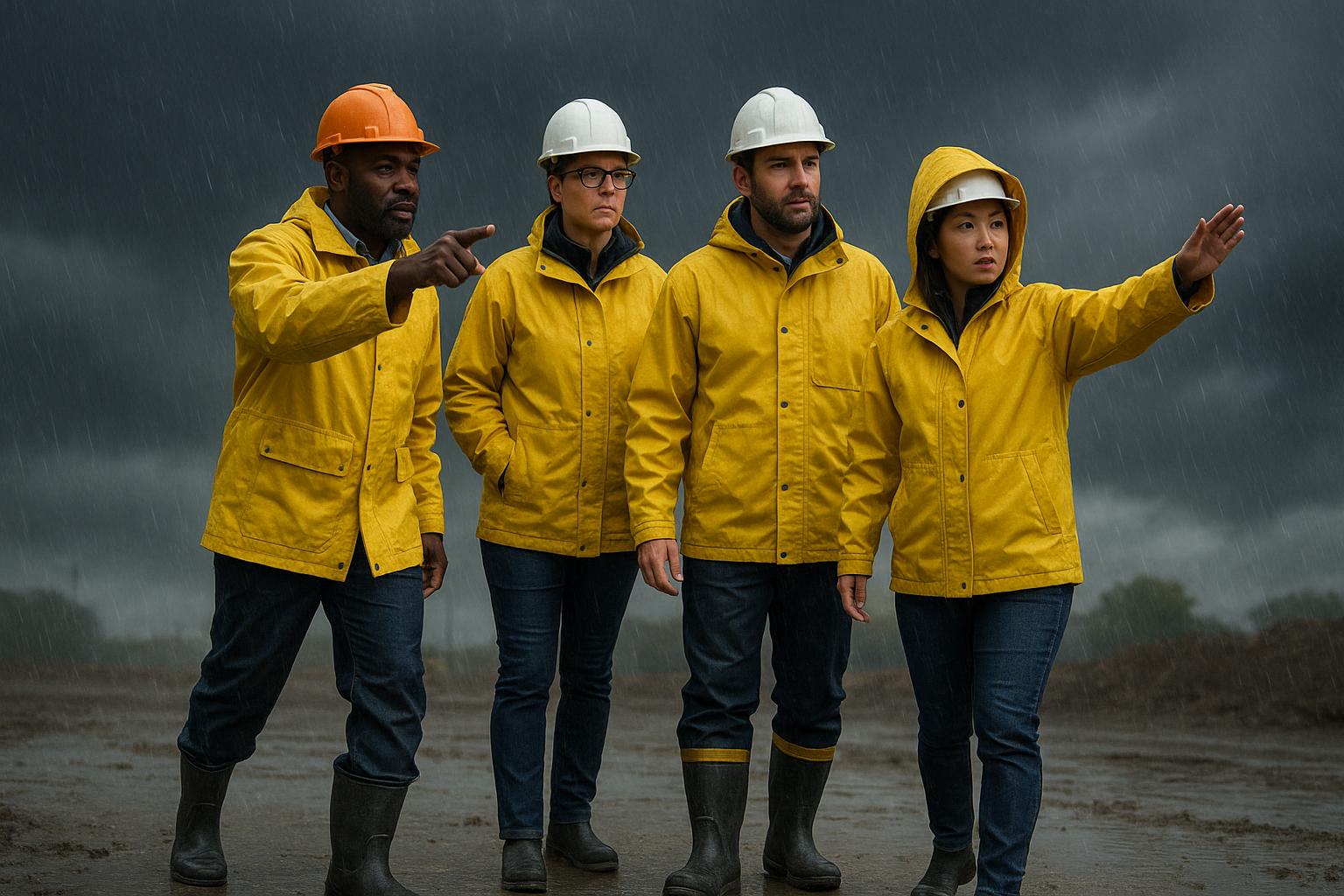Ensuring workplace safety begins with a thorough understanding of potential hazards and implementing effective control measures. This guide provides a step-by-step approach to conducting hazard assessments and applying the hierarchy of controls to mitigate risks.
Understanding Hazard Assessments
A hazard assessment is a systematic process of identifying potential sources of harm in the workplace, evaluating the associated risks, and determining appropriate control measures. This proactive approach is essential for preventing accidents and ensuring compliance with occupational health and safety regulations.
Step-by-Step Guide to Conducting a Hazard Assessment
1. Identify Hazards
Begin by thoroughly inspecting the workplace to identify potential hazards. Consider various sources, including:
- Physical Hazards: Machinery, noise, radiation, or extreme temperatures.
- Chemical Hazards: Exposure to harmful substances or materials.
- Biological Hazards: Bacteria, viruses, or other biological agents.
- Ergonomic Hazards: Repetitive movements, improper workstation setup, or manual handling.
- Psychosocial Hazards: Work-related stress, harassment, or workload demands.
Engage employees in this process, as they can provide valuable insights into potential hazards based on their daily experiences.
2. Assess Risks
Once hazards are identified, evaluate the risks associated with each. This involves determining:
- Likelihood: The probability of the hazard causing harm.
- Severity: The potential impact or consequences of the hazard.
Use a risk matrix to categorize risks as low, medium, or high, which aids in prioritizing control measures.
3. Implement Control Measures Using the Hierarchy of Controls
Apply the hierarchy of controls to determine the most effective measures to mitigate identified risks. This hierarchy ranks control methods from most to least effective:
- Elimination: Remove the hazard entirely from the workplace.
- Substitution: Replace the hazard with a less dangerous alternative.
- Engineering Controls: Isolate people from the hazard through physical means, such as machine guards or ventilation systems.
- Administrative Controls: Change work procedures or schedules to reduce exposure to hazards.
- Personal Protective Equipment (PPE): Provide protective gear to employees as a last line of defense.
Aim to implement control measures at the highest feasible level of the hierarchy to ensure maximum protection.
4. Document Findings
Maintain detailed records of the hazard assessment process, including:
- Identified hazards and associated risks.
- Implemented control measures.
- Dates of assessments and reviews.
Proper documentation is crucial for regulatory compliance and future reference.
5. Review and Update Regularly
Hazard assessments should be reviewed periodically and updated when:
- New equipment, processes, or materials are introduced.
- Incidents or near-misses occur.
- Changes in regulations or standards take place.
Regular reviews ensure that control measures remain effective and relevant.
Applying the Hierarchy of Controls: Practical Examples
- Elimination: Removing a hazardous machine from the workplace.
- Substitution: Replacing a toxic chemical with a less harmful one.
- Engineering Controls: Installing guardrails to prevent falls.
- Administrative Controls: Implementing job rotation to minimize repetitive strain injuries.
- PPE: Providing gloves and safety goggles to protect against chemical splashes.
By systematically applying these controls, organizations can effectively reduce workplace hazards and protect employees.
Conducting thorough hazard assessments and implementing appropriate control measures are fundamental to maintaining a safe and healthy workplace. By following the step-by-step process outlined above and applying the hierarchy of controls, organizations can proactively manage risks and foster a culture of safety.



